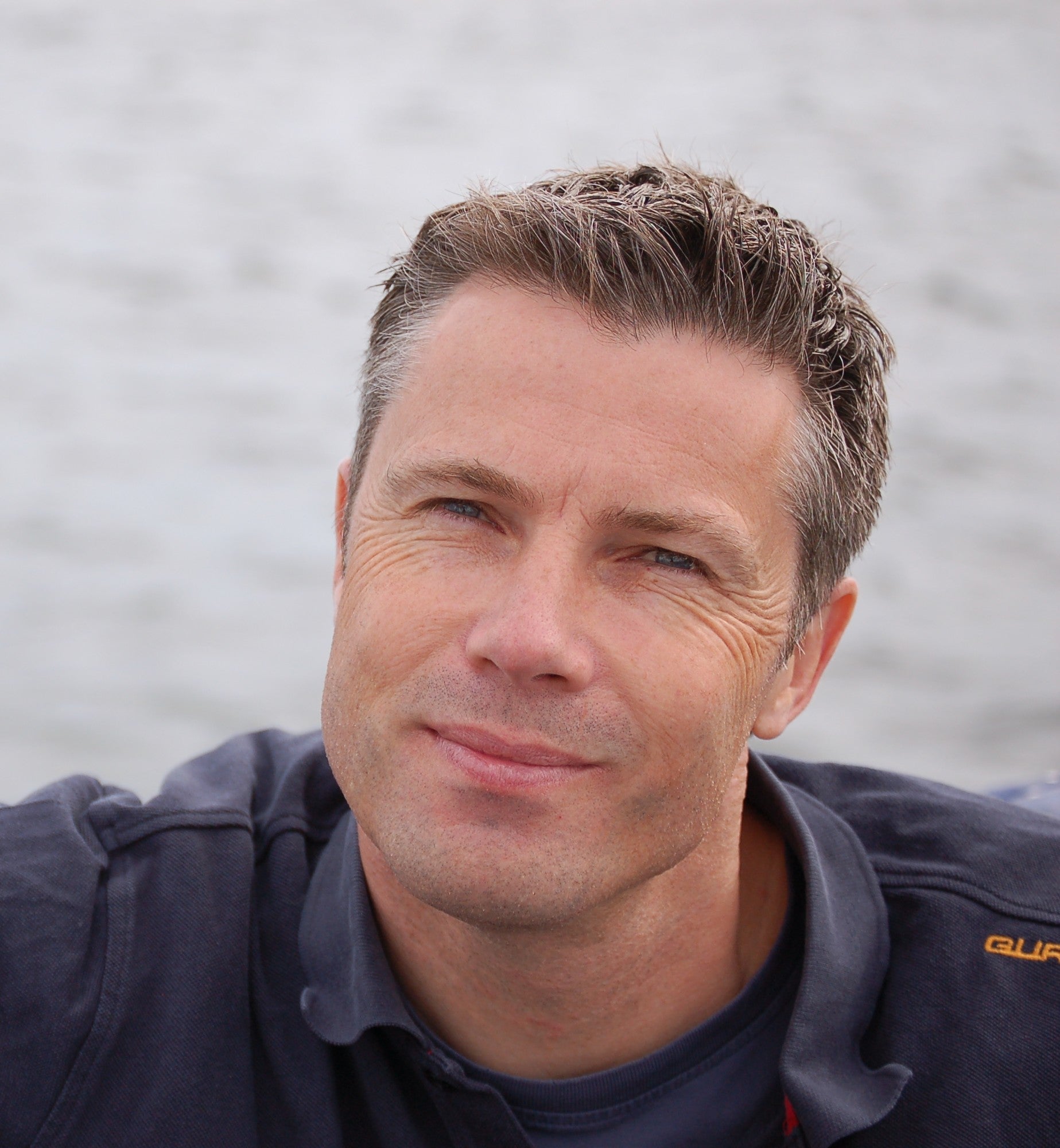Flexible study programme
What appealed to me about the programme is that there are several electives within the modules, so you have the freedom to choose what interests you most. My choice landed on the geo-visualisation module. What I liked about this module is that it was developed in collaboration with other European UNIGIS universities. This exchange of knowledge between universities makes the curriculum even more complete.
It was also a plus for me that the programme is offered completely online. It makes it easier to combine studies with a full-time job. The online environment allowed me to set my own pace fairly well. There were moments when I had more time and there were moments when I had less time to spend on my studies, all depending on the peek moments at work. I have experienced that flexibility as very pleasant.
Network of GIS professionals
Despite the online form of the programme, I still came into contact with many fellow students. The programme organises a yearly meeting with both GIS students and alumni in which you can meet each other in an informal setting. You get the chance to meet your fellow students in person and you can get to know other professionals in the field and share knowledge and experiences, this is very valuable.
Theoretical deepening and practical applicability
Another aspect that strikes me about the GIS programme is how extensive we got into the literature and research in the field of geo-visualisation, but also its application to practice. My work is very diverse, but a large part of it has to do with geographical information. GIS has helped me to perform better at work.
Upon completion of the study programme, you will have to write your master's thesis. My thesis was about geo-visualisation, the visualization of travel behaviour. This is also a topic that I encounter a lot in my work. During my time at the VU I worked at RET, in the mobility of public transport, and last year I joined TomTom. In both positions, one of my main responsibilities is visualizing how people move and what the landscape looks like for the particular channel that you offer services on. This is one of many concrete applications of GIS in my daily work at RET and TomTom.
When I was writing my thesis, I interviewed colleagues and conducted a user survey. This helped to draw attention to the ideas of geographic information systems within the organisation. When I meet people who want to develop further in this field, GIS at the VU always comes up, I like to share my experiences with the programme. By studying GIS, I was able to make others within the organisation enthusiastic about geo-visualisations.
I would advise people who are interested in this programme to get in touch with students, supervisors and teachers. Or to visit an open day to get a better understanding of which modules and components GIS consists of and what is most relevant to you.
